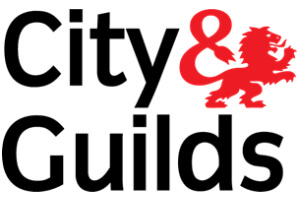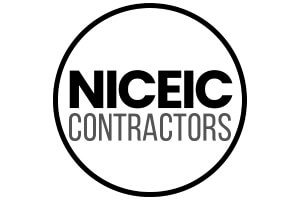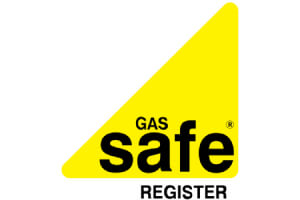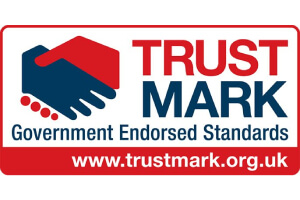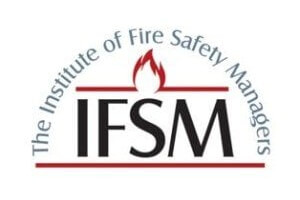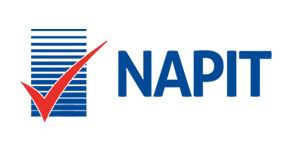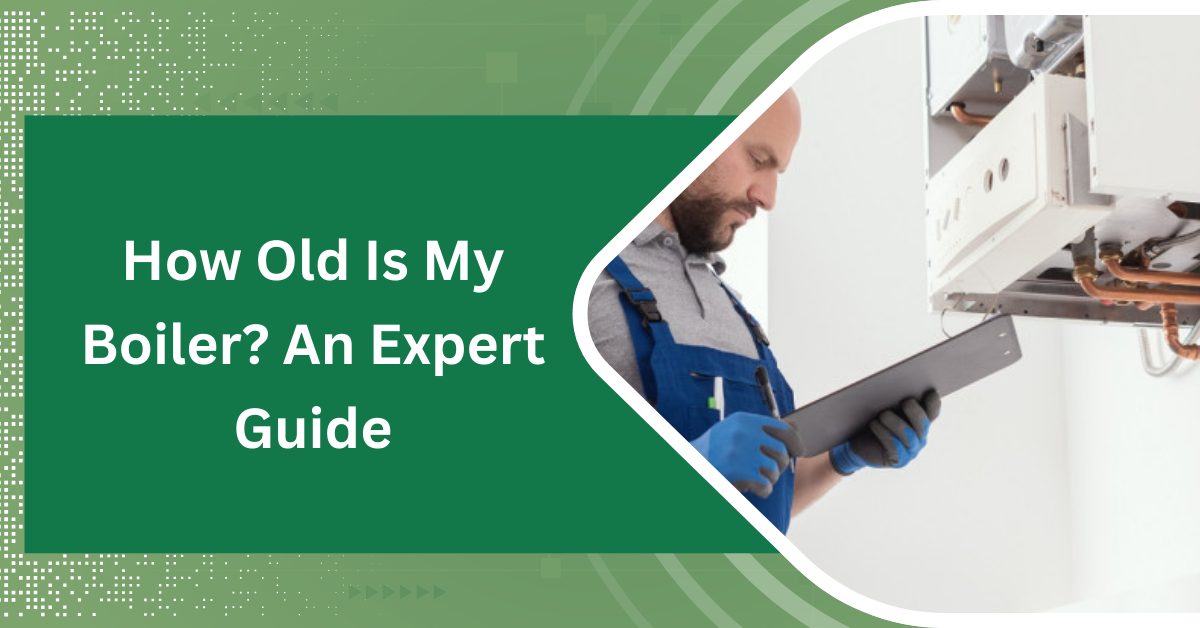
Determining the age of your boiler is an essential step in assessing its efficiency and longevity. By examining the serial number on the manufacturer’s nameplate, you can decode the production date, which often follows a specific pattern unique to each manufacturer. However, the implications of the boiler’s age extend beyond mere numbers. An older boiler might not only be less efficient but could also signal upcoming expenditures for repairs or replacement. Understanding the precise age helps homeowners plan financially and operationally for potential upgrades or maintenance, which could significantly impact their domestic energy management and costs. What should one consider when the initial installation documents are unavailable?
Checking the Serial Number
To accurately determine the age of your boiler, the first step is to check its serial number. Locating the serial number is paramount, as it encodes essential data about the manufacturing details. Typically, the serial number can be found on the manufacturer’s badge or nameplate, which is usually attached to the exterior of the boiler. This plate is often metal and positioned in an easily visible area to facilitate routine checks.
Once located, decoding the serial number is the next critical step. Although the format can vary significantly between manufacturers, most serial numbers contain a combination of letters and digits. These characters often represent the production line, year, month, and sequence of manufacture. It is crucial to approach decoding with a detail-oriented mindset, focusing on identifying patterns specific to the brand of your boiler.
A practical tip for effective decoding is to reference specific boiler manufacturer guides or databases that provide insights into serial number formats. These resources are instrumental in translating the alphanumeric codes into tangible production dates.
Mastery of this decoding process is essential for anyone looking to establish the precise age and service history of their boiler.
Understanding Manufacturer Codes
Deciphering manufacturer codes is a key step in understanding the specifics of your boiler’s production history. These codes, often a series of letters and numbers, are not just arbitrary; they embody crucial information about the manufacture and specifications of the boiler.
Manufacturer guidelines often include a specific coding system that details not only when the unit was made but also its model and technical capacities.
To properly interpret these codes, consider the following steps:
- Identify the Code Format: Each manufacturer may use a unique format. Generally, the code begins with letters followed by numbers. The letters can represent the facility where the boiler was manufactured, while the numbers usually denote when it was made.
- Decode the Date: Manufacturers might encode the date of manufacture in various ways. It could be the first two digits after a letter signifying the year, followed by another set indicating the month or week of production.
- Consult the Manufacturer’s Documentation: For precise decoding, refer to the manufacturer’s decoding guidelines. These documents are crucial as they provide detailed explanations of what each segment of the code means, serving as definitive age indicators.
Understanding these codes provides a clear insight into the lifecycle and authenticity of your boiler, ensuring you maintain it effectively.
Reviewing Installation Documents
Reviewing installation documents is an essential step in verifying the age and the proper setup of your boiler. These documents contain critical information about the boiler’s installation history that not only helps establish the exact date of installation but also provides insight into the initial configuration and specifications tailored to your setup. This data is crucial for anyone looking to maintain or troubleshoot their boiler system efficiently.
Installation documents typically encompass a detailed list of components used, configuration settings, and any customizations made during the initial setup. By scrutinizing these documents, one can understand the baseline from which any subsequent modifications or repairs were made. This is particularly important when cross-referencing with maintenance logs to assess if any changes have impacted the original efficiency or safety parameters set during installation.
Furthermore, accurate installation records help in maintaining a coherent record of the boiler’s operational history. This can prove invaluable not only for routine maintenance but also for diagnosing potential issues that may arise over time.
Regular review and comparison against up-to-date maintenance logs ensure that the boiler remains in optimal condition, adhering to both safety standards and manufacturer guidelines.
Consulting Professional Service Records
While examining installation documents provides a foundational understanding, consulting professional service records offers a comprehensive view of your boiler’s maintenance history and current condition.
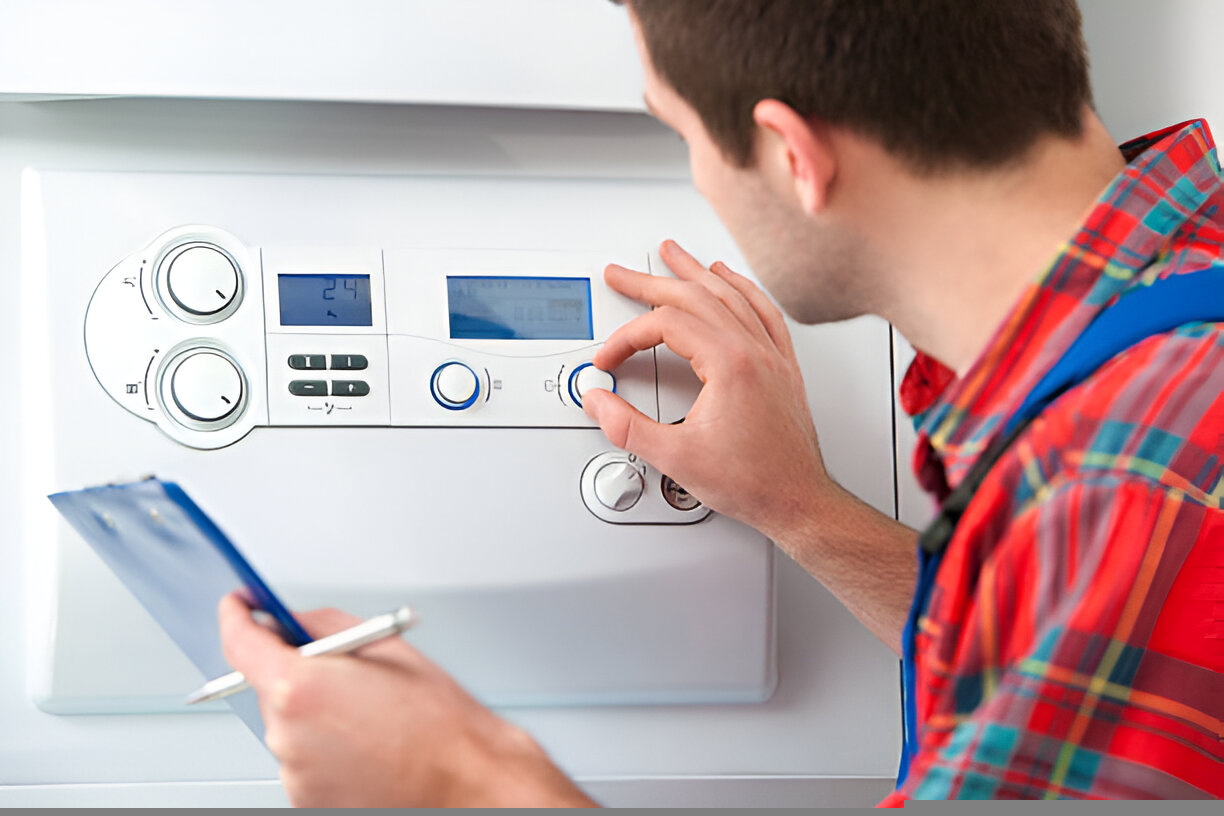
Boiler
These records not only reveal the chronological progression of maintenance efforts but also provide crucial insights into the quality and frequency of those efforts, directly impacting the longevity and efficiency of your boiler.
When analyzing professional service records, consider the following:
- Frequency of Service: Regular entries in the maintenance records indicate diligent upkeep, which can significantly extend the lifespan of your boiler. Look for annual or semi-annual inspections and servicing details.
- Nature of Repairs: Documented repairs can reveal recurring issues or one-time fixes. Persistent problems may suggest underlying design flaws or installation errors, while isolated incidents generally indicate routine wear and tear.
- Technician Notes: Often overlooked, technician’s notes can provide invaluable insights into the boiler’s operational issues and the effectiveness of past repairs.
These notes may also include recommendations for future maintenance or potential upgrades that could enhance performance and efficiency.
Identifying Age by Model Type
Many boiler models are distinguished by specific characteristics that can help pinpoint their manufacturing date. Each model type may have unique serial numbers, design features, or technology that corresponds to a particular era in boiler production. Understanding these nuances is crucial for assessing the boiler lifespan and implementing effective maintenance tips.
| Model Type | Identifying Features |
|---|---|
| Condensing | Stainless steel heat exchangers, post-2005 design |
| Non-condensing | Cast iron heat exchangers, prevalent pre-2005 |
| Combi | Integrated hot water capabilities, digital controls |
| System | Built-in pump and expansion vessel, mid-2000s innovation |
| Traditional | Pilot lights, lack of electronic controls |
For instance, condensing boilers, which are more energy-efficient, generally signify a post-2005 manufacture as they coincide with advancements in energy regulations. Non-condensing models, with their less efficient systems and cast iron components, often indicate an older age. Combi boilers, recognized for their compact size and ability to provide hot water on demand, typically signal a newer model. When assessing a boiler’s age, these model-specific details are invaluable. They not only assist in dating the equipment but also guide the necessary maintenance practices to extend its service life effectively.
Reading Building Permit Data
Understanding the age of a boiler through model identification is a foundational step. Beyond this, analyzing building permit data can offer a precise timeline related to boiler installation, replacements, or significant repairs. This historical permit data is crucial for professionals who demand comprehensive knowledge of a boiler’s life span and maintenance history.
To effectively utilize building permit history, consider the following detailed steps:
- Access Local Records: Initiate the process by contacting your local building department. They manage the permit application process and can provide access to relevant documents. This may include details about the original installation or subsequent upgrades.
- Analyze Permit Details: Permits typically list installation dates, equipment types, and the parties involved (contractors, inspectors). Scrutinizing these details will clarify the boiler’s age and the quality of past installations.
- Cross-Reference with Model Data: Once you have the permit data, cross-reference it with the boiler’s model identification to verify consistency and accuracy in records.
This methodical approach not only ensures a thorough understanding of the boiler’s operational history but also aids in maintaining its efficiency and safety. Mastery of this aspect is essential for making informed decisions regarding boiler maintenance or replacement.
Utilizing Online Age Calculators
Transitioning from manual methods to digital solutions, online age calculators offer a streamlined approach for determining the age of a boiler. These online tools play a pivotal role in age estimation by decoding the serial number and manufacturer’s data to accurately gauge the boiler’s age. This digital methodology not only enhances accuracy but also significantly reduces the time investment required for age determination.
Below is a table illustrating commonly used online age calculators:
| Tool Name | Ease of Use | Data Required |
|---|---|---|
| SerialDecoder.com | High | Serial Number |
| BoilerAgeChecker.com | Medium | Model, Serial Number |
| HVACAgeInfo.com | High | Serial Number |
These tools are designed for technical proficiency, providing detailed insights into the manufacturing date and other relevant data. Users are advised to have their boiler’s serial number at hand, which is often found on the boiler’s nameplate. This approach, rooted in technical expertise and practical application, empowers users to make informed decisions about maintenance or replacement based on the boiler’s age.
Observing Physical Condition
Beyond digital tools, the physical condition of a boiler provides critical insights into its operational status and remaining lifespan. Astute professionals understand that visual inspection plays a paramount role in boiler maintenance. Recognizing the physical signs of aging and wear can preemptively address potential failures.
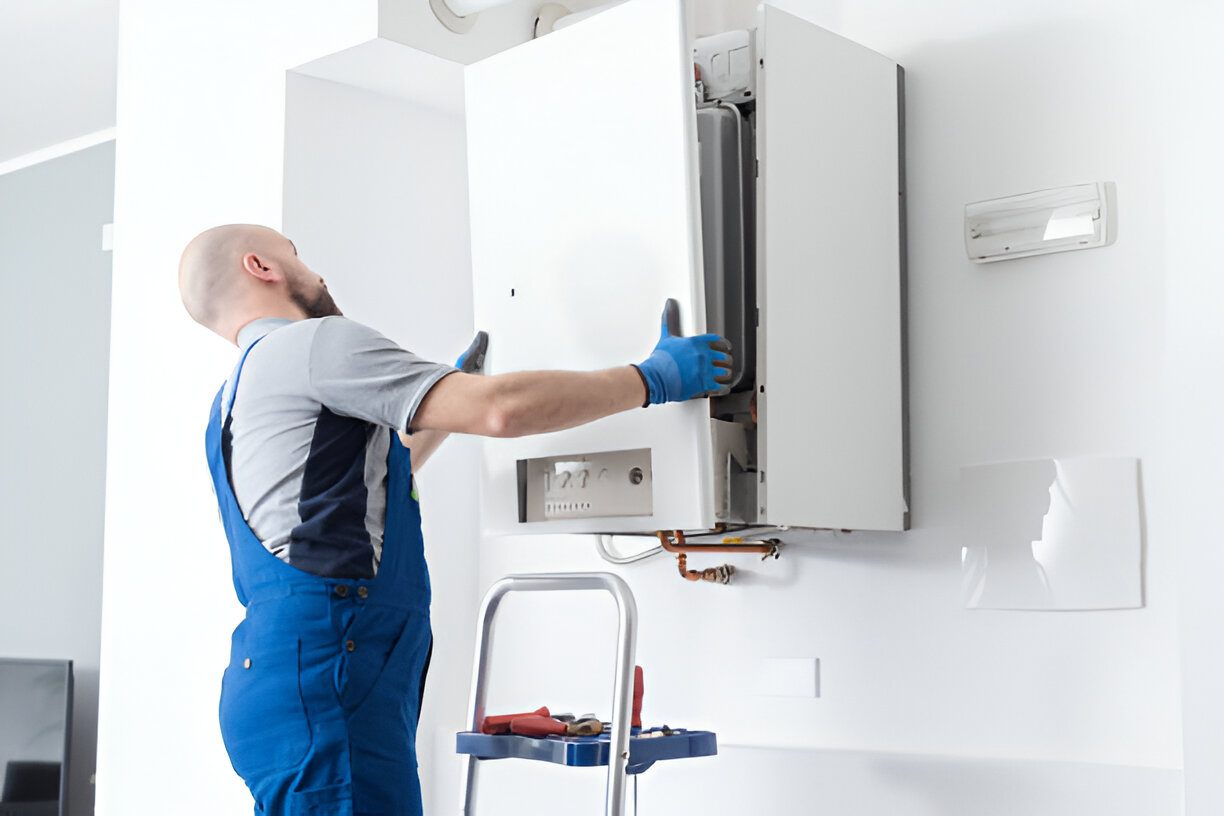
When examining a boiler, consider these crucial age indicators:
- Rust Detection and Corrosion Signs: Look for any discoloration, flaking, or pitting on the boiler’s surface. Rust around valves, fittings, or at the base may signal water leaks, while widespread corrosion can indicate chronic moisture issues. Both are detrimental to boiler integrity.
- Water Leaks: Persistent moisture around the boiler often manifests as water stains or puddles. Regularly inspect seams and joints for any signs of seepage, which could suggest seal degradation or structural failure.
- Pressure Gauge Readings and Wear Patterns: The pressure gauge can reveal inconsistencies in boiler operation, suggesting internal issues. Moreover, irregular wear patterns on moving parts like fans and pumps highlight abnormal operations or misalignments.
Each physical symptom is a breadcrumb leading to the core health of the boiler. A detailed, disciplined approach to these visual inspections ensures enhanced longevity and performance of the heating system.
Interpreting Replacement Parts
Analyzing the type and frequency of replacement parts needed can offer significant insights into the underlying health and efficiency of a boiler system. By assessing the replacement part’s lifespan, one can infer the system’s overall operational state.
For instance, frequent changes of particular components, like heat exchangers or ignition systems, could indicate deeper issues, such as improper installation or chronic operational stress.
The tracking of replacement timelines also helps in identifying patterns that surpass typical wear and tear. Components in boilers are designed to meet specific durability standards; premature failures may signal an overlooked external or internal influence affecting the system.
Recognizing these common replacement signs not only aids in maintaining boiler efficiency but also in preempting future breakdowns, thus optimizing operational costs and extending the boiler’s service life.
Moreover, understanding which parts have historically been replaced and at what intervals allows for a more tailored maintenance schedule. This approach ensures that parts are only replaced when truly necessary, enhancing cost-effectiveness and resource allocation.
Such strategic planning is crucial for anyone aiming to achieve mastery in boiler maintenance and optimization.
Seeking Expert Assessments
While assessing replacement timelines and parts is foundational in understanding boiler health, obtaining expert assessments takes this a step further by providing an authoritative evaluation of the boiler’s condition.
Professional evaluations focus on several critical aspects:
- Detailed Inspection of Internal Components: Experts analyze the wear and tear on internal components, which can significantly impact boiler efficiency and safety. This examination helps in identifying any underlying issues that might not be apparent to the untrained eye.
- Assessment of Boiler Efficiency: Energy efficiency is paramount in both environmental and economic contexts. An expert can measure your boiler’s efficiency using advanced tools and techniques, suggesting improvements or upgrades if necessary to enhance performance and reduce energy consumption.
- Longevity and Replacement Forecasting: Based on the current condition and performance of the boiler, specialists can predict its remaining lifespan. This information is crucial for planning future boiler maintenance or replacements, ensuring continuous operation without unexpected failures.
Engaging with a certified boiler technician for an expert assessment not only ensures optimal functionality but also enhances safety and energy efficiency.
Their insights provide a strategic roadmap for effective boiler maintenance tailored to the specific needs of your system.
Frequently Asked Questions
Can Boiler Age Impact My Home Insurance Rates?
Yes, the age of a boiler can affect home insurance premiums, as older boilers typically entail higher maintenance costs and risks, potentially increasing the likelihood of claims and thereby impacting insurance rates.
How Does Boiler Age Affect Energy Efficiency?
Boiler age significantly influences energy efficiency, with older models often consuming more energy due to reduced operational efficiency. Regular boiler maintenance can mitigate some energy consumption increases, enhancing overall performance and sustainability.
Are Older Boilers More Prone to Carbon Monoxide Leaks?
Older boilers can be more susceptible to carbon monoxide leaks if not maintained properly. Regular boiler maintenance is crucial to ensure operational integrity and safety, preventing hazardous emissions and enhancing overall system longevity and efficiency.
What Are the Safety Risks of an Outdated Boiler?
Outdated boilers may pose significant safety risks, including carbon monoxide leaks and explosive hazards. Regular boiler maintenance and thorough safety inspections are crucial to mitigating these dangers and ensuring operational safety and efficiency.
How Often Should I Replace My Boiler Regardless of Age?
Boilers should typically be replaced every 15 to 20 years, considering the boiler’s lifespan and potential replacement costs. Regular assessments by a qualified technician can guide the practical necessity for earlier replacement.
Conclusion
In conclusion, accurately determining the age of a boiler is facilitated through multiple approaches, including analyzing serial numbers, decoding manufacturer codes, examining installation documents, and scrutinizing professional service records. Furthermore, identifying model types, employing online age calculators, assessing physical condition, and interpreting replacement parts provide comprehensive insights. Seek expert assessments for precise evaluations. These methods collectively ensure reliable maintenance schedules and timely replacements, thereby optimizing boiler performance and extending its operational lifespan.



